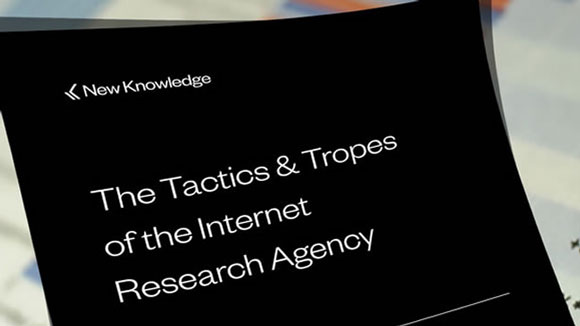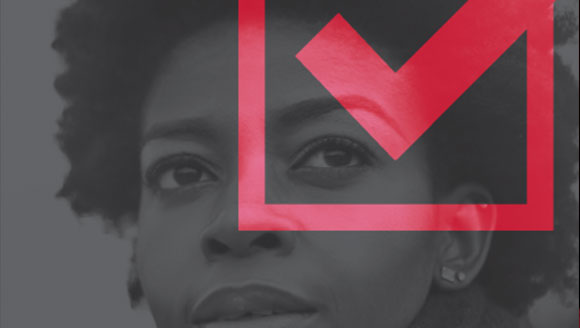New Voters Claim a Seat at Democracy’s Table
You can easily find a host of articles that describe Dallas as the city with the lowest voter turnout in municipal elections among the 33 largest cities in the United States. As evidence, the last mayoral election in Dallas saw a meager voter turnout of about seven percent of all registered voters. The numbers are grimmer for registered 18-34 year olds. Only 1.7 percent actually made it to the polls during early voting and on Election Day. The city of Fort Worth came in second place to Dallas with about 8 percent of registered voters voting and 1.1 percent of 18-34 year olds exercising their right to vote. As a community advocate and young civic leader from Dallas, these statistics made me feel ashamed and disappointed but never discouraged or doubtful. I was energized and quickly recognized an enormous opportunity for growth among young voters and for the city as a whole.
Increasing civic engagement and voter turnout, especially among young voters between the ages of 18 to 34 has served as a guiding ambition in my work. In my role as the chair of the Civic Engagement Committee for the Dallas-Fort Worth Urban League Young Professionals (DFWULYP), I was afforded a larger platform to work towards moving that needle and changing that low-turnout narrative.
Under my leadership, DFWULYP adopted and executed the National Urban League’s Bounce Back campaign, a newly created get-out-the-vote operation. Bounce Back is a tri-layered community engagement initiative designed to increase voter registration, public policy engagement, and local & midterm election turnout. DFWULYP took the initiative and created two campaigns aligned with the objectives of the Bounce Back campaign: “A Seat at the Table” and “Students Vote, Too.”
A Seat at the Table—which was built on the work of the organization’s previous civic engagement chair—educated both our young professionals and members of various community organizations on important issues and upcoming elections, reminding everyone what was at stake. We sought to make young voters heard by the powers-that-be by reminding them that their voice was powerful and necessary, and their issues were worth fighting for. To get these potential voters to take a seat at our table, we met them where they were. DFWULYP hosted events at bars, rooftops, lounges, concerts, poetry nights, church conferences, college campuses, and more. We identified and partnered with organizations that had similar membership demographics or similar goals.
Students Vote, Too mirrored the work of A Seat at the Table but targeted high school seniors and college students. The second wave of this campaign started February 2019, when many of the seniors turned 18. The campaign also targeted seniors who will be 18 by the 2020 presidential election.
We plan to use school board elections scheduled in May to introduce our students to the importance of civic engagement and having a say in determining who is best to serve their needs.
The overall success of the Bounce Back campaign was measured using realistic small achievable goals that aligned with the proposed large-scaled goals. The main measurements of success were:
- Ensuring that 100 percent of our organization was registered and voted in the mid-term election—and again in the municipal election.
- Registering 300 community members for the midterm election and an additional 200 in time for the municipal election.
- Hosting a candidate forum for every election cycle
- Building a coalition of aligned organizations
To help meet these goals, DFWULYP’s committee hosted a variety of programs and events in a 7-week period:
- Political Power Game Night: This was a voter education event with a twist. We strategically timed game night with Voter Registration Day. We created interactive games around races, candidates, facts on voting, and more. We set up a table where participants could register to vote, check their voter registration status, and find their polling location. Guests were also encouraged to use and share our Voters’ Hub as a resource.
- YP On the Road: As part of our YP On the Road series, we hosted a midterm election candidate forum. We brought candidates directly to the public in intimate setting. Using a speed dating style format, attendees got one-on-one face time with candidates for questions and to have their concerns addressed. Afterwards, candidates took to the stage for a forum, taking questions from the larger audience. This forum included district attorney candidates from Dallas and Fort Worth races, Texas House of Representative candidates, a candidate for lieutenant governor, and candidates for railroad commissioner.
- Text YP: GOTV: This was a volunteer-led text bank that connected people to the entire YP universe. Using the Hustle app, we text banked to see who would commit to vote. We pushed out resources via our Voter’s Hub and answered any questions about Election Day. Volunteers also discussed voter mobilization strategies and more.
- Early Voting Day Party: DFWULYP used this part as a voter education and mobilization opportunity. Party attendees were encouraged to talk about the election, ask questions, get information about their voting rights, and receive information about ballot referendums. Midway through the party, we shimmied over to the polls and came back from performing our civic duty to celebrate with a lip sync battle.
- Election Night Watch Party: Dallas Fort Worth Urban League closed out the 2018 election season with a watch party. We spent the evening following the election results and discussed what we learned and experienced over the previous months leading up to the election.
By our accounting, we met many of our goals. By October 2018, we registered 583 voters in a period of seven weeks in 21 different places. We collected over 230 pledge to vote cards. With our Text YP initiative, we received 463 yes replies, indicating that a person had already voted or planned to vote. We also canvassed and recorded more than 180,115 steps in the National Urban League’s “Walk It Like I Talk It” canvassing challenge.
DFWULYP’s Bounce Back participation was a collective effort that engaged and challenged all our leaders—and their leadership ability—at each and every level of our chapter. We look forward to what is to come as it relates to civic engagement and are eager to regain seats and amplify the voices of the youth and the most vulnerable at the table of democracy.


 Equality Index
Equality Index  Senate Report
Senate Report  2020 SOBA Essays
2020 SOBA Essays  2019 Report
2019 Report 